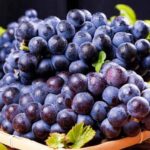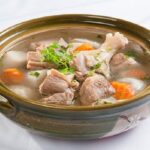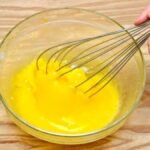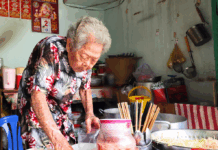Taro belongs to the Araceae family and has both main and side tubers. Unlike taro or sweet potatoes, taro tubers are smaller, with more side tubers and starch. In the past, taro was associated with rural people during the difficult times. Back then, boiled taro or mixed with rice was a “life-saving” dish. Even though people ate it to the point of being sick of it, many still remember it vividly.
From a rustic dish in the poor countryside, taro has now become a delicacy that makes many delicious dishes in the autumn. In our country, taro is grown in all three regions, and the quality of the taro depends on the soil conditions of each place. Among them, the taro of the Man people in Moc Chau (Son La) is considered the most delicious and sticky.
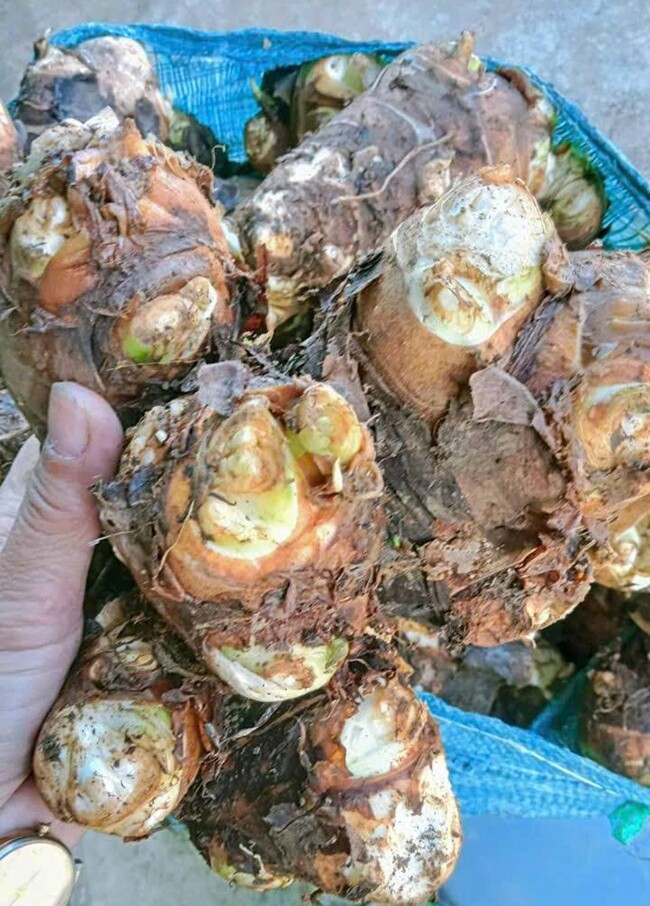
Moc Chau taro has a unique origin, shape, and color, which sets it apart from other types of taro and makes it special. In Moc Chau, taro is grown in the Dao ethnic group’s village (also known as the Man people) in Tan Lap, Phieng Luong, and Hua Pang communes and Suoi Lin village, Van Ho commune (now in Van Ho district), hence the name “Man taro.”
Local people say that October and November are the harvest season for Man taro. The steeper the area, the tastier the taro. Meanwhile, the tubers grown on flat land tend to be less sticky and crumbly.
“Man taro has a rough skin, and the inside is yellow like turmeric. The wonderful thing about this type of taro is the combination of sweetness, nuttiness, and buttery aroma. When eaten, it feels sticky but hard to let go. The older the tuber, the yellower and sweeter it is,” said Ms. Linh (from Suoi Lin village, Van Ho commune).
According to Ms. Linh, Man taro is planted from March to April (the beginning of the rainy season in Son La) and harvested at the end of October. From one main tuber, 5-7 branches grow, with knobs like ginger or galangal.
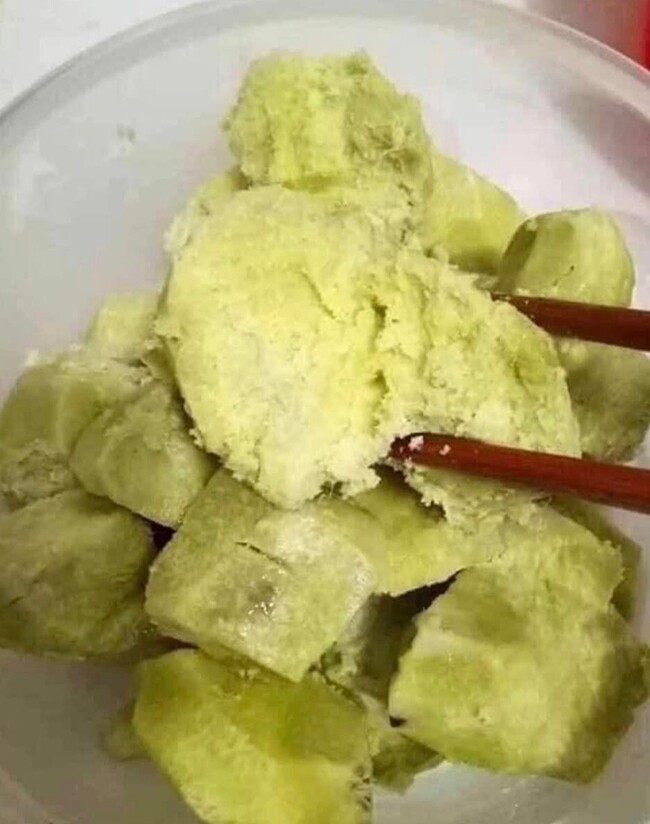
This variety of taro is extremely crumbly
In traditional markets or online, Man taro is sought after by many city dwellers during the season. Depending on the time, the price fluctuates between 60,000-80,000 VND/kg, but it is not always available.
As a fan of Man taro, Ms. Ngoc Anh (from Cau Giay, Hanoi) shared: “At the small market near my house, there is a woman who sells various specialties from Son La, but she only has Man taro once in a while. So whenever I see it, I buy 3kg at once to eat gradually. This variety of taro can be stored in a cool, well-ventilated place for 1-2 weeks while retaining its sweetness.
Man taro is tedious to peel due to its many knobs, but as you peel, you see the yellow flesh, and when cut, it becomes even yellower. When steamed, grilled, or boiled, it turns golden, as if dyed with turmeric.”
“The Ultimate Guide to Cleaning Grapes: A Sparkling Clean Promise”
Introducing the ultimate guide to washing grapes: forget rinsing with plain water, or attempting to clean them with salt or flour. It’s time to unlock the true potential of grape-washing with not one, but two secret ingredients that will revolutionize the way you prepare this fruit. Prepare to be amazed as we unveil the ultimate duo for pristine grapes!


























